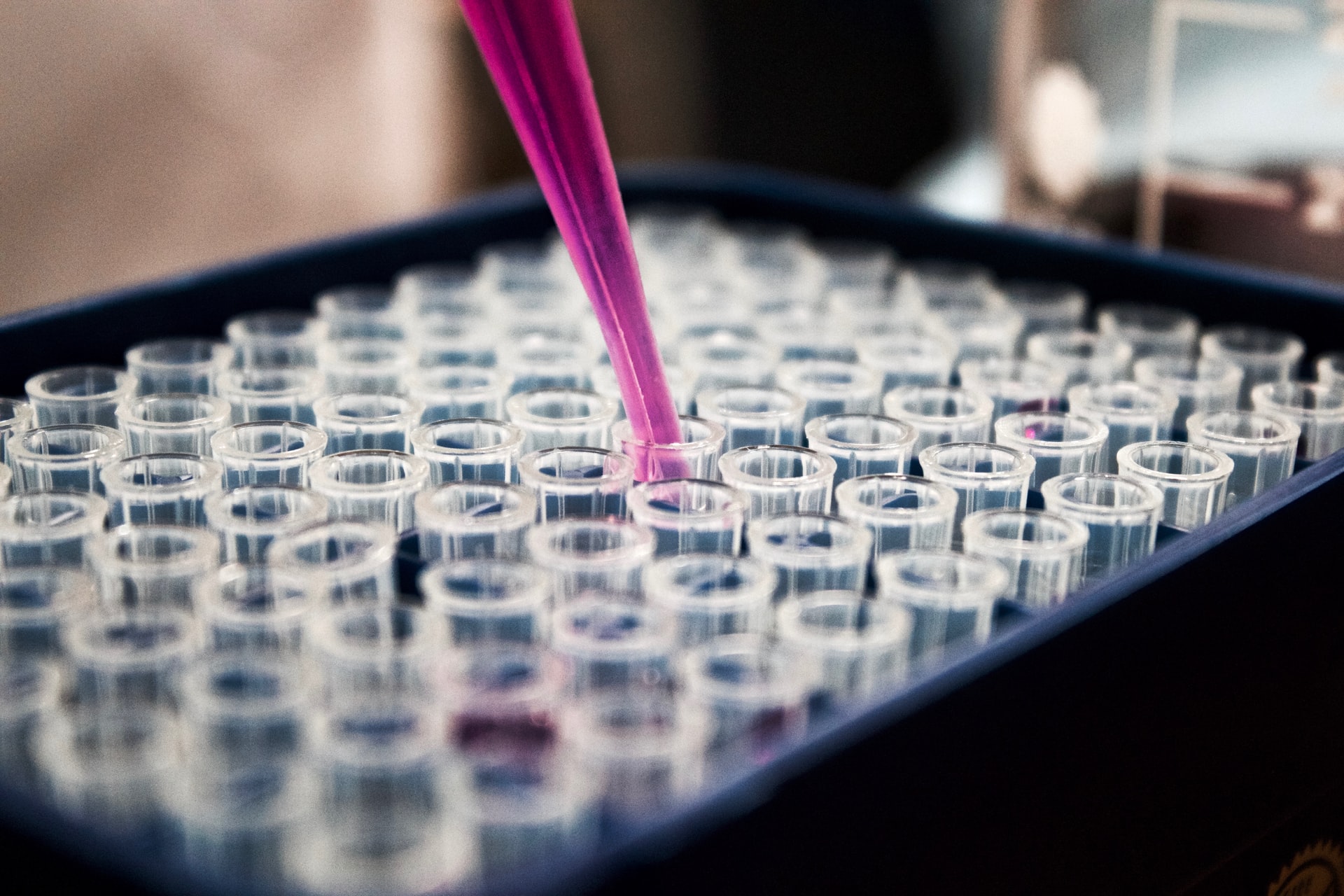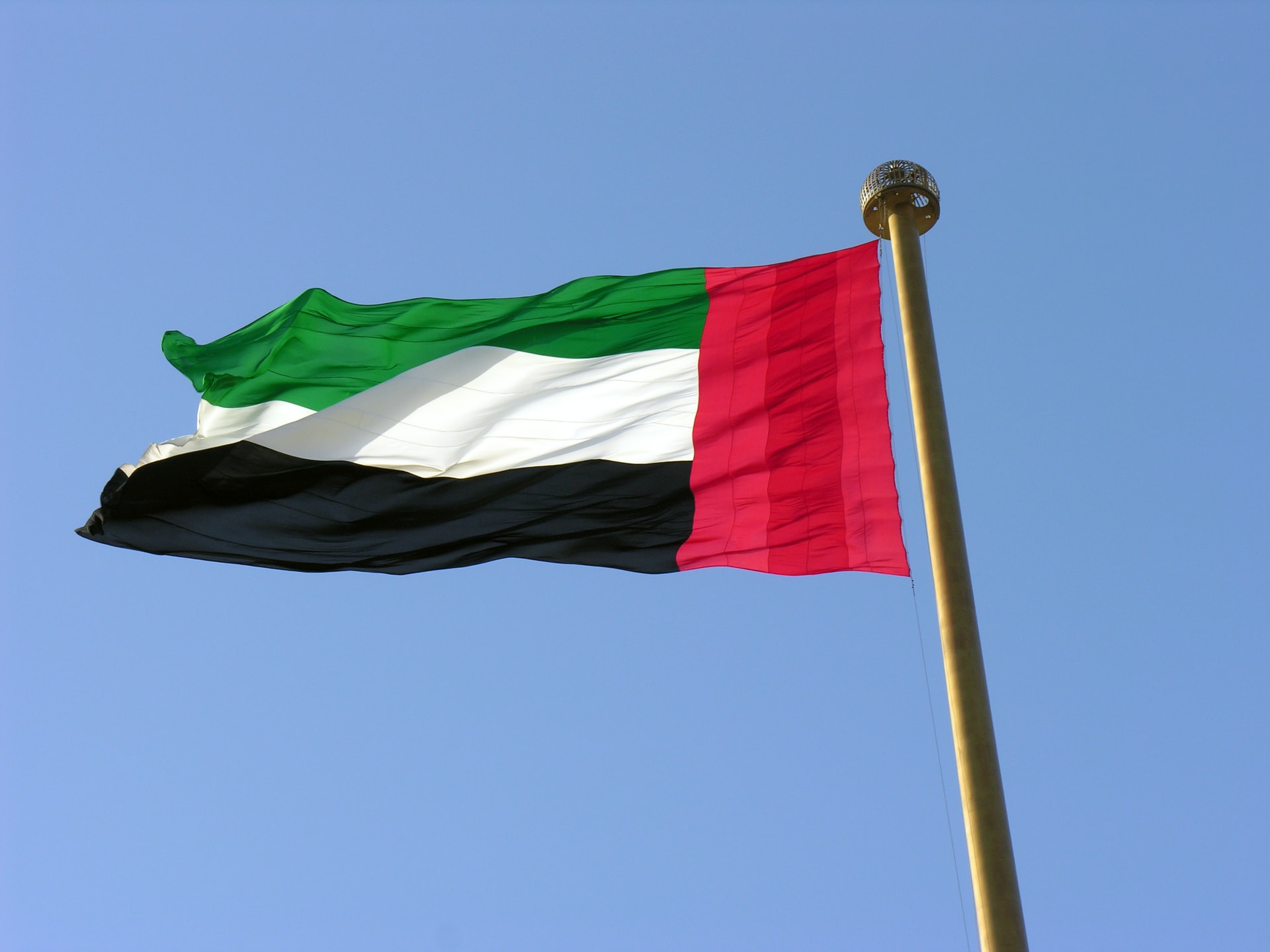Digital vaccination certificates are a relatively new concept that started since the Covid19 pandemic. It is a health document to digitally record vaccination events with date, product, dose, batch number, location and more. It can also be used as a vaccine passport making foreign travel easier.
The Department of Information, Communication and Technology (DICT) in the Philippines in September 2021 launched its Digital Vaccine Certificate to have a single unified certificate throughout the county. The certificate is a subsystem of the Vaccine Info Management system providing citizens free digital certificates via a portal programmed by DICT. These certificates follow the guidelines set by the World Health Organization (WHO).
But there is a twist to it. This portal or software relies on the power of open-source. Replicability, Adaptability, and Reusability, the open-source movement's core values, proved successful even from a governance perspective. It ended the strategic question raised by sceptics: "Could a programme or code developed by and for a particular nation be used by another nation without hindering either nations' interests?"
Let us cut the chase. The Philippine Government's vaccine certificate is based on the Digital Infrastructure for Vaccination Open Credentialing (DIVOC) created in India, used as a reference system by the WHO's Digital Documentation of COVID Certificates (DDCC). It uses private and public-key cryptography and is interoperable with authorised wallet applications.
The DIVOC is an open-source platform for large scale vaccination and certification made with the Indian population in mind. The main reason for creating an open-source platform was to make it accessible to anyone in the world. The key features include registration, scheduling vaccination appointments, issuing vaccination certificates and feedback from citizens. This easy to adapt program aligned with the global standards, post-approval from WHO and became accessible to other countries.
This software was not only adopted by the Philippines. The Sri Lankan government also adopted it. While the Philippines used the entire software program to support their vaccination drive, the Sri Lankan government integrated it into their existing software only to provide certification. All three countries have created an online portal that anyone around the Globe can use to verify the vaccination jabs. They have also used it to provide a digital certificate that is globally approved and could easily access on mobile devices.
The beauty of any open-source software is that it is free for use, and it can be customised to suit the requirements. It is one of the best examples of how a government can use open-source software and then re-configured it to fit another government's needs. It not only improves global relationships but also brings about developments in the e-governance sector. With the use of DIVOC, the needs of three countries with different populations and different requirements were satisfied.
It is a perfect start. In the e-governance sector, a plethora of software implementations can be reused or repurposed across nations. Barring the confidential bits, most of them involve routine programmable tasks, automating the mundane functions of the government. By reusing the existing code, countries could improve the software and focus their workforce on the implementation side rather than coding it from the ground up. Why re-invent the wheel when we have a working automobile?
By adopting a shared software development model, the states could create standard and global procedures for multiple events and administrative tasks. It saves time, resources and money.
The question remains, how many countries want to move hand-in-hand in the direction of e-governance?






Comments